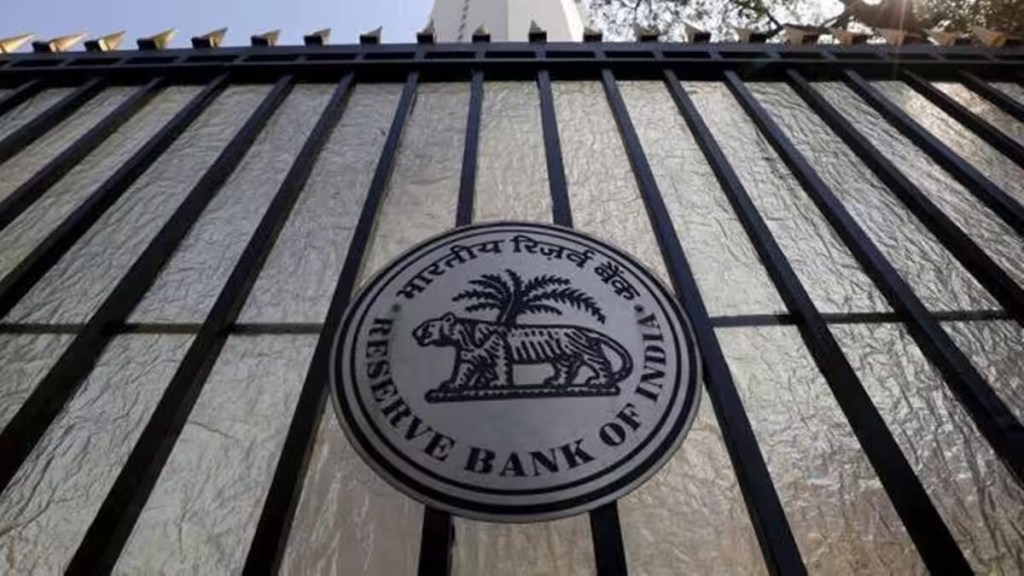The Reserve Bank of India’s (RBI’s) six-member monetary policy committee (MPC) will likely vote to keep the benchmark repo rate unchanged at 6.50% in their upcoming meeting between August 8 and August 10, 12 economists polled by FE said. The RBI MPC had first voted for a pause in April 2023 after hiking the repo rate cumulatively by 250 basis points (bps) since May 2022.
According to Aditi Nayar, chief economist at Icra Ratings, the surge in vegetable prices is likely to push the consumer price inflation (CPI) above 6% in July and the average CPI inflation projected for this quarter would exceed the latest estimate for Q2 that the MPC had released in June 2023. India’s CPI inflation jumped for the first time in five months to 4.81% in June.
“We expect the MPC’s commentary to be fairly hawkish, amid a continued pause on the repo rate stance in the upcoming policy review,” Nayar said.
The RBI, in its June forecast, had cut the CPI projection for Q1FY24 sharply to 4.6% from 5.1%, and Q2 estimate has been lowered from 5.4% to 5.2%, while the estimate for Q3 and Q4 has remain unchanged at 5.4% and 5.2%, respectively.
Radhika Rao, senior economist at DBS Bank, shared similar views. She said that while the MPC will vote for a pause, the accompanying commentary is expected to acknowledge the supply-driven sharp increase in food inflation in Q3, led by a few pockets, including perishables like vegetables, foodgrain and pulses.
“Terming these supply-shocks as transient and weather-related, the MPC will highlight the need to reassess the official inflation forecast for July-September 2023, but balance by adding that administrative measures and seasonality factors will moderate food towards the end of 2023,” she said.
While economists expect a rejig in CPI forecast by the MPC, its external members Ashima Goyal and Jayant Varma told FE last month that the June CPI reading will not have major impact on the expected retail inflation trajectory for the current fiscal. “Food prices are erratic during the monsoon, but also transient so they are not expected to cause major changes in expected retail inflation,” Goyal said.
The current stance
A majority of economists said they do not expect any change in RBI’s “withdrawal of accommodation” stance. The two major reasons for retaining the current stance, as per IDFC First Bank chief economist Gaura Sengupta is that there are upside risks to CPI inflation due to surge in food prices in July and that the FY24 CPI inflation is expected to average at 5.4% with Q2 number averaging at 6%.
Secondly, core liquidity surplus remains substantial due to a sharp rise in balance of payment surplus in Q1FY24 and there is a transient impact of `2,000 bank note withdrawal. As a result, the RBI has been conducting reverse rate reverse auction to withdraw liquidity and keep overnight rates near repo rate, she said.
“With the looming risk of food inflation, MPC is not going to change its stance in this policy. Rather they will wait for food prices to soften,” says Soumyajit Niyogi, director at India Ratings & Research.
Pivot likely in June 2024
The economists concurred that the central bank is unlikely to cut repo rate in the current calendar year and pivot to rate cuts only in the first quarter of the next financial year.
“We don’t expect a rate cut this fiscal given that inflation is still a concern and growth is holding up well. We could see a 50-bps rate cut in the first quarter of next fiscal,” says Rajani Sinha, chief economist at CareEdge Ratings.
Anubhuti Sahay, head of South Asia economic research at Standard Chartered Bank, said she expects first rate cut in June 2024 of 25 bps. Sahay expects the rate cutting cycle to be shallow, with a total of 50 bps cut next fiscal, amid higher global rates, risks around sticky inflation and still resilient growth.
Sujan Hajra, chief economist and ED at brokerage house Anand Rathi, said he does not expect the MPC to pivot to a rate cut in the next 12 months. He said that though the current policy rates in the EU and the US are nearly 400 bps higher than their long-term averages, it is important to note that these countries maintained an extremely accommodative monetary policy from the 2008 global financial crisis until 2021.
“As a result, returning to previous average policy rates does not appear to be a viable option. Furthermore, the IMF estimates that inflation rates in both the EU and the US will only converge with the respective central banks’ comfort zones by 2025. As a result, aggressive rate cuts in these regions before the second half of 2024 appear unlikely,’ Hajra said.

